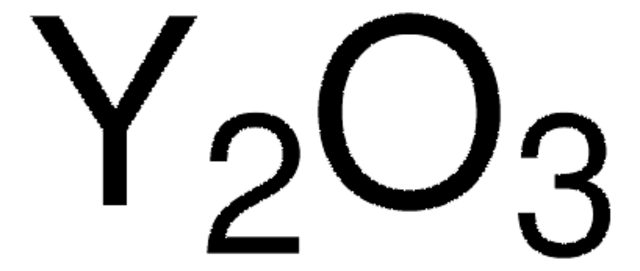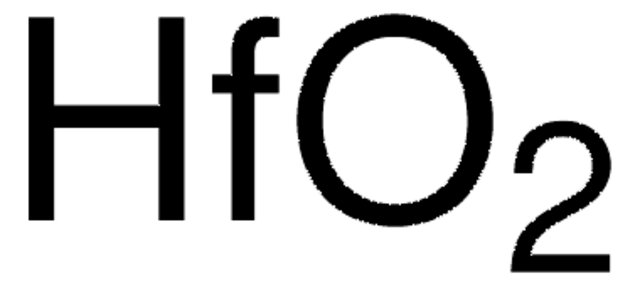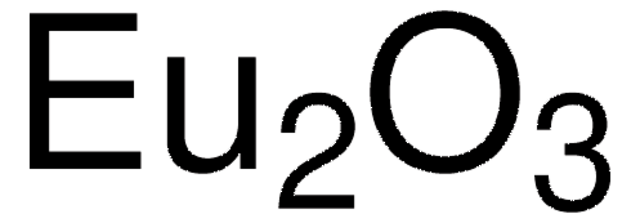Kluczowe dokumenty
204455
Strontium carbonate
99.995% trace metals basis
Synonim(y):
Strontianite
About This Item
Polecane produkty
Poziom jakości
Próba
99.995% trace metals basis
Postać
powder and chunks
zanieczyszczenia
≤55.0 ppm Trace Metal Analysis
mp
1494 °C (lit.)
rozpuszczalność
dilute aqueous acid: slightly soluble(lit.)
gęstość
3.7 g/mL at 25 °C (lit.)
ciąg SMILES
[Sr++].[O-]C([O-])=O
InChI
1S/CH2O3.Sr/c2-1(3)4;/h(H2,2,3,4);/q;+2/p-2
Klucz InChI
LEDMRZGFZIAGGB-UHFFFAOYSA-L
Szukasz podobnych produktów? Odwiedź Przewodnik dotyczący porównywania produktów
Zastosowanie
- Strontium carbonate: Extensively used in the production of glazes in ceramics, where it acts as a flux and introduces strontium into the glaze for improved finish and durability. It is also crucial in the manufacture of ferrite magnets, providing the necessary strontium content to enhance magnetic properties. Additionally, its role in pyrotechnics is to contribute to the vibrant red hues seen in fireworks displays (Sigma-Aldrich, CAS 1633-05-2).
Kod klasy składowania
13 - Non Combustible Solids
Klasa zagrożenia wodnego (WGK)
nwg
Temperatura zapłonu (°F)
Not applicable
Temperatura zapłonu (°C)
Not applicable
Środki ochrony indywidualnej
Eyeshields, Gloves, type N95 (US)
Wybierz jedną z najnowszych wersji:
Masz już ten produkt?
Dokumenty związane z niedawno zakupionymi produktami zostały zamieszczone w Bibliotece dokumentów.
Klienci oglądali również te produkty
Produkty
Thermoelectric Performance of Perovskite-type Oxide Materials
The prevailing strategies for heat and electric-power production that rely on fossil and fission fuels are having a negative impact on the environment and on our living conditions.
Nasz zespół naukowców ma doświadczenie we wszystkich obszarach badań, w tym w naukach przyrodniczych, materiałoznawstwie, syntezie chemicznej, chromatografii, analityce i wielu innych dziedzinach.
Skontaktuj się z zespołem ds. pomocy technicznej












